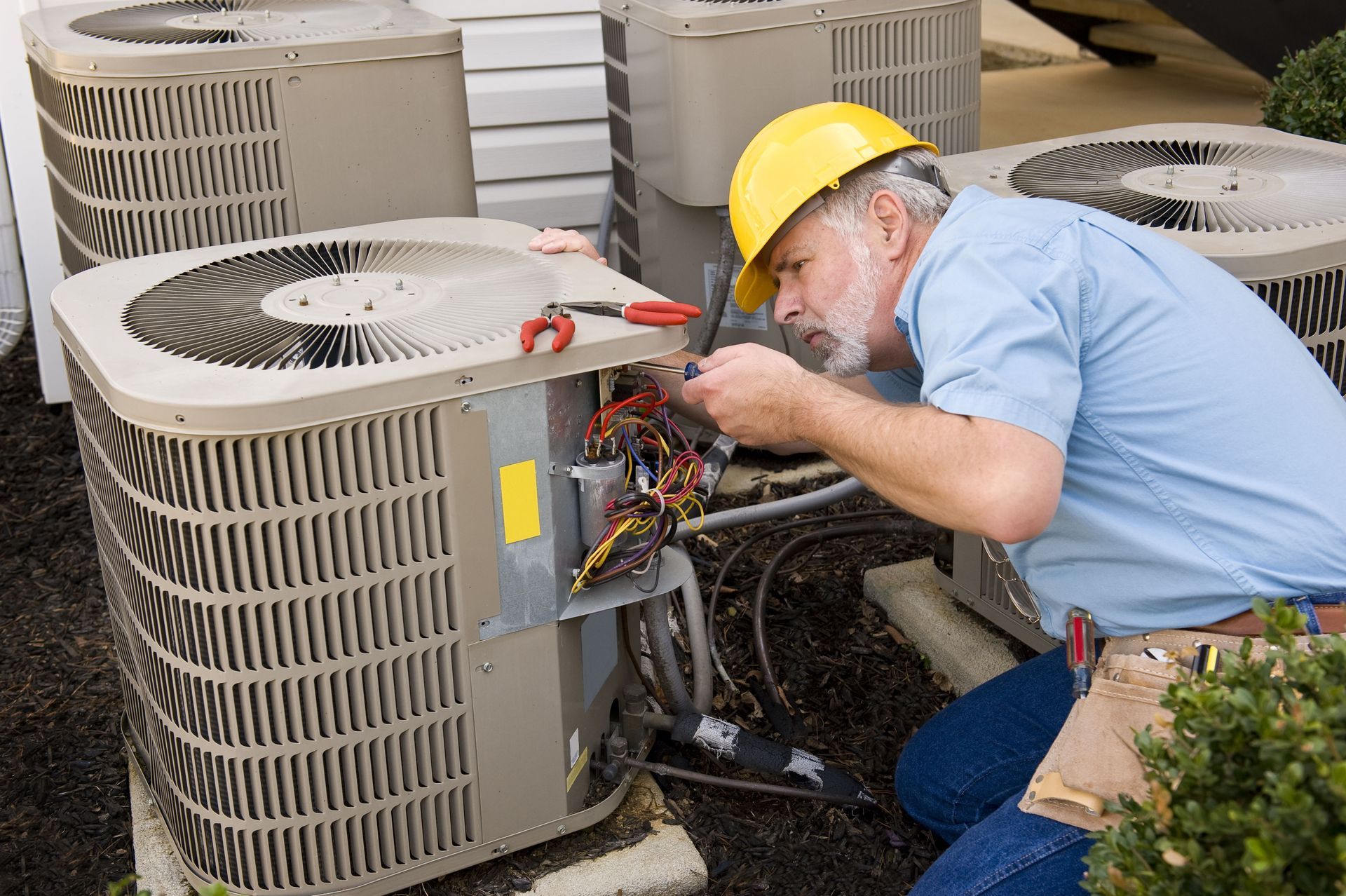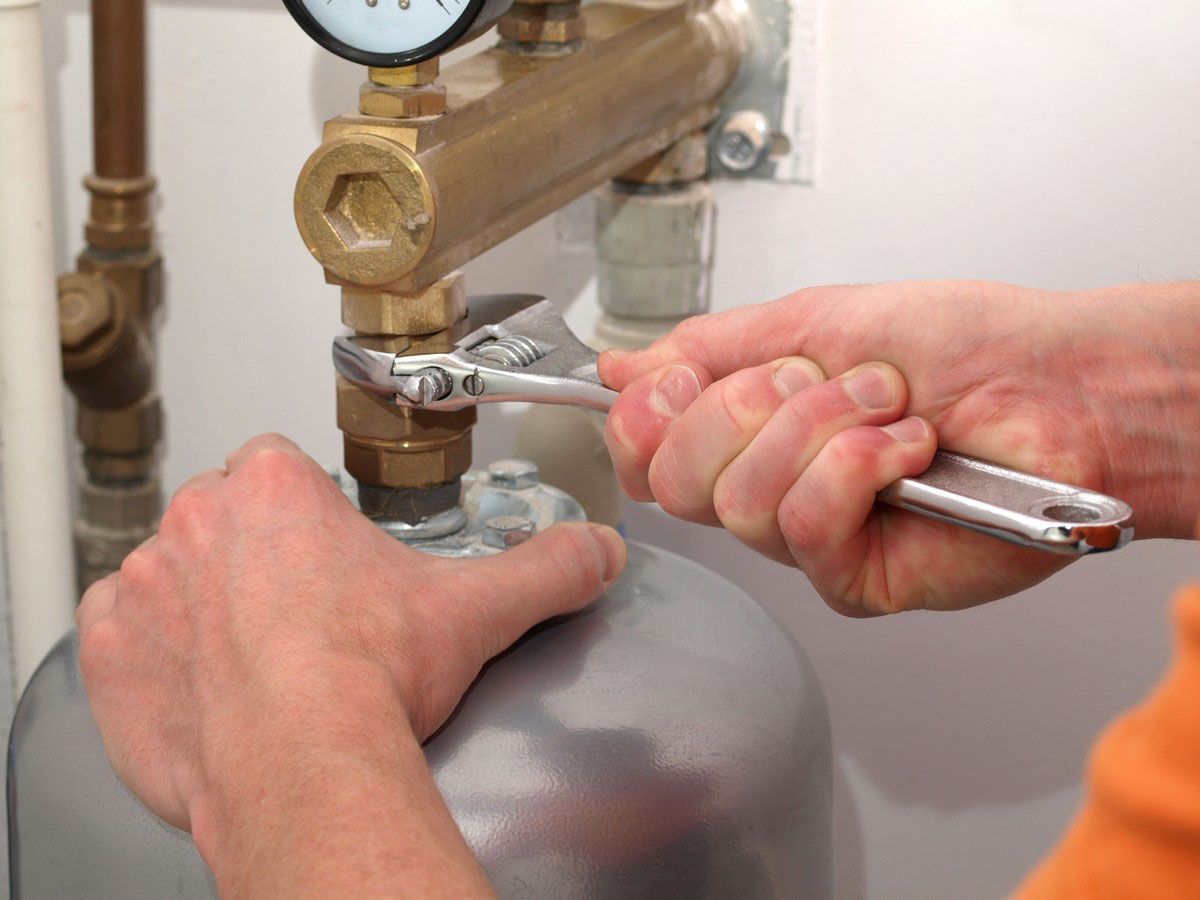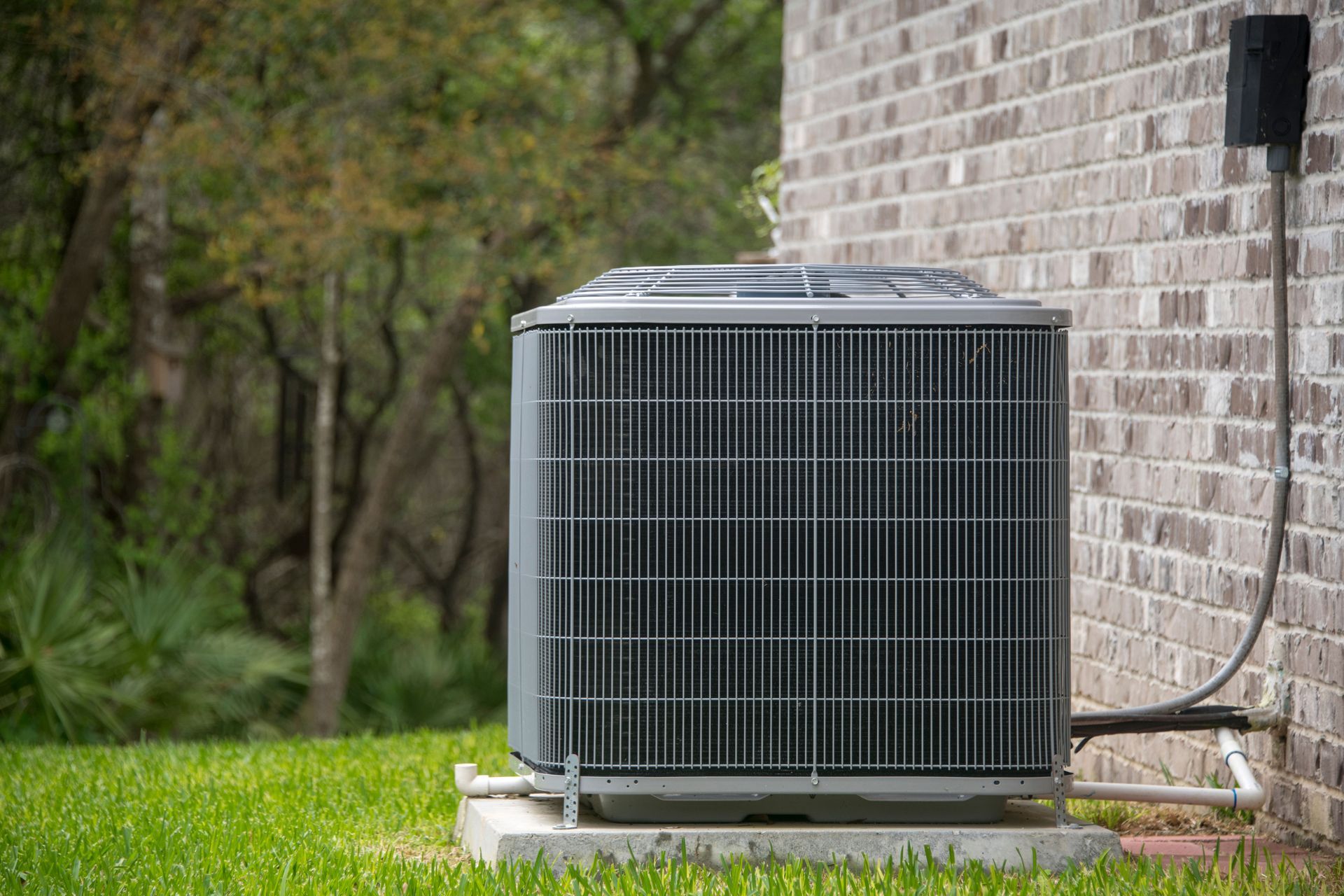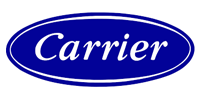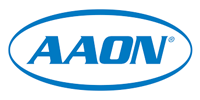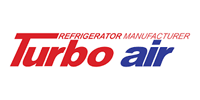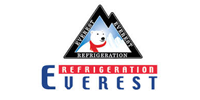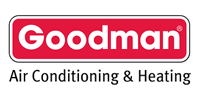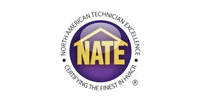November 5, 2025
Explore the common indicators that suggest it's time to replace your air conditioning unit. A new AC installation can enhance comfort, improve energy efficiency, and save on long-term costs. Understanding these signals early can prevent unexpected breakdowns during peak seasons. As homeowners, identifying when your air conditioning unit is struggling is crucial for maintaining a comfortable living environment.
1. High Energy Bills
One of the most telling signs that you need new AC installation or may need replacement is an increase in your energy bills without a significant change in usage. When your electricity bills start climbing while habits remain constant, the AC unit could be the culprit. Older units tend to lose efficiency over time, consuming more power than necessary. This inefficiency reflects directly on electricity expenses, which might otherwise remain stable or even decrease with efficient appliances. Comparing past bills with recent ones can illustrate this change, providing a clear picture of the unit's efficiency decline.
Modern energy efficiency standards are much stricter than those of the past. Newer AC units are designed to consume less energy while delivering more effective cooling. This advancement significantly impacts households, where, according to the U.S. Department of Energy, air conditioning accounts for 12% of the average U.S. household's electricity usage. Upgrading to a newer, more efficient model can lead to savings that are evident on each utility bill. The initial investment is offset by these savings over the life of the new unit.
As air conditioners age, they strain more to maintain performance. This decline is often marked by the unit running longer cycles to achieve the same cooling effect, thereby increasing energy consumption. Homeowners may notice longer recovery times after their AC has been turned off, especially in hotter months. This symptom, along with rising bills, shouldn't be ignored, as they significantly impact household energy efficiency.
If you notice your home struggling to reach or maintain a comfortable temperature despite running your AC, it could indicate that your unit is overworked and inefficient. Older systems often struggle with uneven cooling, leaving some rooms too warm while others remain cool. This not only increases energy use but also puts extra strain on the system, potentially leading to costly repairs.
2. Frequent Repairs
If your AC is frequently breaking down or requires regular servicing, it may be time for a replacement. The cumulative cost of these repairs eventually exceeds the price of a new unit. Frequent breakdowns indicate an aging system that struggles to maintain functionality. As components wear out, the effectiveness of temporary fixes decreases, leading to more significant issues over time.
As repair costs accumulate, the rationale for continuing to maintain an old unit becomes less persuasive. Frequent service calls not only drain resources but also inconvenience the household by disrupting regular comfort. Technological advancements mean a newer AC installation requires fewer repairs due to improved design and durability. Instead of pouring money into an aging system, investing those funds into a new installation can be a more prudent financial decision.
Often, multiple issues with an AC unit reflect underlying deficiencies that simple repairs overlook. When multiple system components fail simultaneously or in quick succession, it indicates that the unit is reaching the end of its useful life. Addressing single issues without considering the holistic state of the unit only offers temporary solace. By identifying these overlapping problems, homeowners can make a calculated decision regarding replacement.
Engaging with HVAC professionals provides valuable insights, helping homeowners determine the best path forward. These experts offer nuanced assessments of the AC's condition and dismantle complexities that may escape layman observation. Their guidance often clarifies whether recurring issues are signs of deeper systemic problems. Consulting with professionals ensures that any decision, whether repair or replacement, is based on expert knowledge.
3. Uneven Cooling
Uneven cooling across different rooms frequently results from inadequate air conditioner performance. When certain rooms remain hotter or cooler than others despite uniform thermostat settings, it indicates improper functioning. Possible causes include distribution inefficiencies or a system unable to deliver consistent cooling. This inconsistency affects home comfort, prompting homeowners to adjust settings for a temporary fix, which inevitably fails to resolve the issue.
Poor airflow can stem from a variety of sources, including duct leakage, clogged filters, or an improperly sized unit. These issues compromise the system's ability to circulate air effectively, resulting in uneven temperatures. A unit that is too small may struggle, while an oversized unit could short-cycle, causing inefficient performance. These inefficiencies directly contribute to hot and cold spots throughout the home.
Proper load calculation is crucial in ensuring an AC unit can cool a home effectively. Incorrect sizing, often due to inaccurate calculations, impedes a system's ability to provide even and sufficient cooling. Load calculation considers factors like home size, layout, insulation, and window placement to determine the appropriate capacity needed. An appropriately sized unit, determined through precise calculations, avoids uneven cooling, leading to optimized comfort.
Home insulation plays a critical role in the efficacy of air conditioning. Poor insulation can diminish the effect of even the most efficient AC unit. When rooms experience different temperatures due to heat exchange through walls or windows, enhancing insulation can complement AC performance. An AC installation of a new unit, paired with improved insulation, ensures that cooling is retained, reducing system strain and energy consumption.
4. Unusual Noises
Unusual noises from an AC unit often signal underlying problems or component failure. Rattling sounds might indicate loose parts or debris within the system, while squealing could suggest issues with belts or motor bearings. Persistent buzzing points to electrical problems, a cause for immediate concern. These noises not only disrupt household peace but also preempt more serious mechanical failures if left unaddressed.
Accurately diagnosing the source of AC noises requires professional assessment to ensure comprehensive resolution. Technicians assess the entire system, inspecting components like compressors, fans, and motors for defects or wear. Pinpointing root causes aids in preventing temporary solutions that fail to address deeper issues. Diagnosis enables informed decisions about repair viability versus replacing the system for long-term reliability.
While temporary fixes may alleviate noise concerns, they often fail to address the core mechanical issues. Quick fixes can offer immediate relief but carry risks of recurring problems and escalating system degradation. Opting for long-term solutions through comprehensive repairs or full replacement resolves the underlying causes, enhancing unit functionality. Investing in a new installation eradicates persistent noises, ensuring seamless and quiet operation.
Noises not only signify immediate issues but also foreshadow compromised system performance and the need for AC installation. Ignoring these auditory cues can lead to further mechanical failures or inefficient system operation. Component stress induced by mechanical wear can propagate noise, highlighting compromised system health. Addressing these issues promptly safeguards the system against further damage and operational inefficiencies.
Recognizing these signs can help you make informed decisions about when to install a new unit. A timely upgrade not only ensures a comfortable living environment but also offers financial and environmental benefits in the long run. Enhanced efficiencies, lower maintenance needs, and improved air quality pay dividends through energy savings and sustained system reliability.
Evaluating signs that you need AC installation allows for proactive solutions that keep ahead of potential breakdowns. This ensures that your home remains a haven of comfort and efficiency under diverse weather conditions. Contact Tropic Air Heating and Cooling today to schedule a professional evaluation and find the perfect air conditioning solution for your home.
